Now let's see how pool creation works in the fourth version.
Uniswap v4 Architecture: Understanding the Basics of the Protocol

Uniswap V4 is a platform for building DeFi protocols, implementing a "Singleton Design" architecture that allows arbitrary logic to be integrated into pool operations.
The architecture of the fourth version of the protocol has undergone significant changes: it has combined all liquidity pools into a single smart contract and implemented a "hook" mechanism for customizing pool logic.
In the third version of the protocol, the rule is 1 pool = 1 smart contract. To create a new pool, a special factory smart contract UniswapV3Factory.sol is used, which inherits from UniswapV3PoolDeployer.sol.
At the same time, user operations, such as various types of swaps, go through the SwapRouter.sol smart contract directly to the pool.
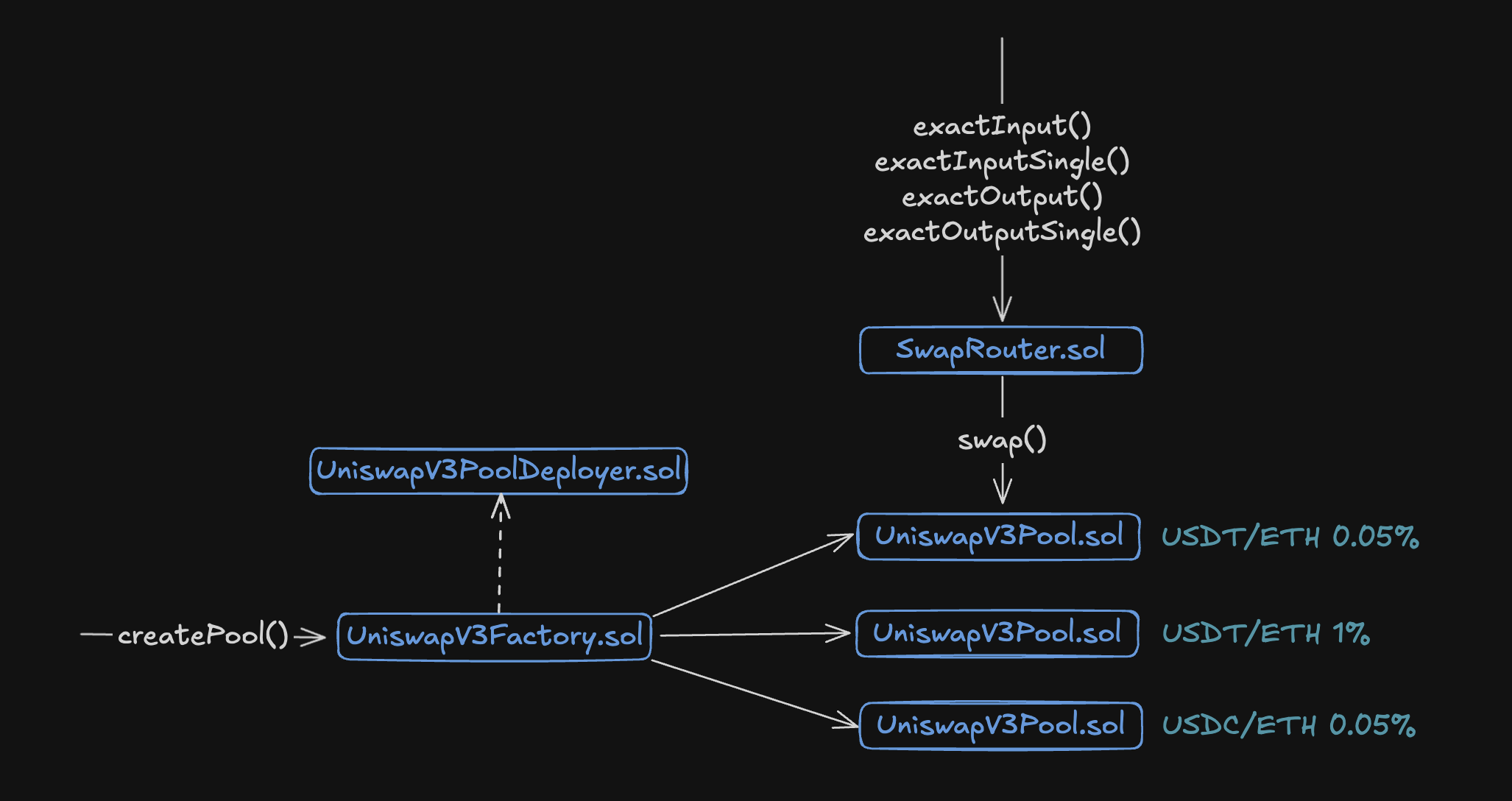
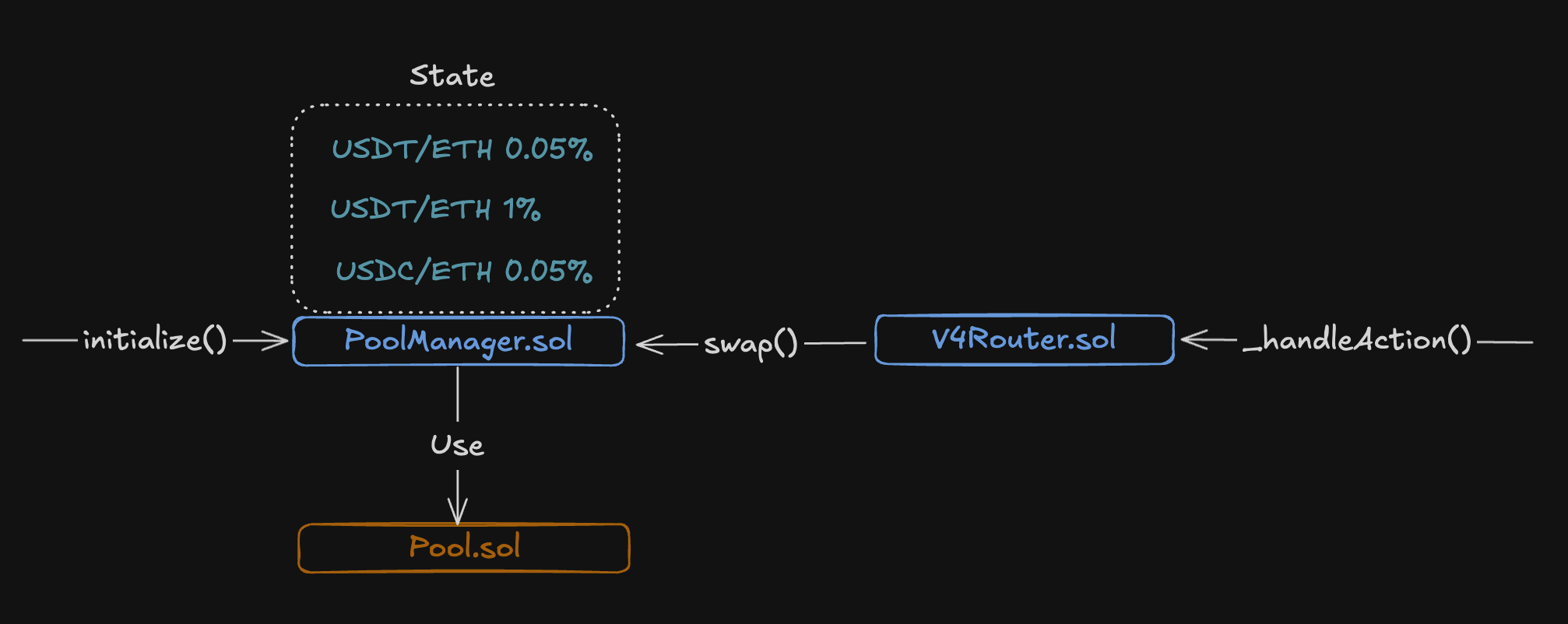
To create a new pool, the initialize() function is called on the PoolManager.sol smart contract. Information about the created pool is stored in the state of the pool manager smart contract.
At the same time, user operations, such as various types of swaps, go through the V4Router.sol smart contract, but all the low-level logic for processing operations on the pool takes place in the Pool.sol library, which is used by PoolManager.sol.
The singleton architecture provides significant gas savings, as creating a new pool only requires updating the state instead of deploying a new pool smart contract. Also, swapping through a chain of pools no longer requires physically transferring tokens through intermediate pools, which greatly reduces gas costs.
Protocol Repositories
The protocol continues its tradition of splitting the codebase into two repositories, similar to previous versions:
Core is still responsible for pools, while periphery handles routing to the pools. There are also many additional smart contracts that, in one way or another, implement the logic of pools, the router, the LP token, and the mathematics.
The diagram below shows the list of smart contracts in the two repositories.
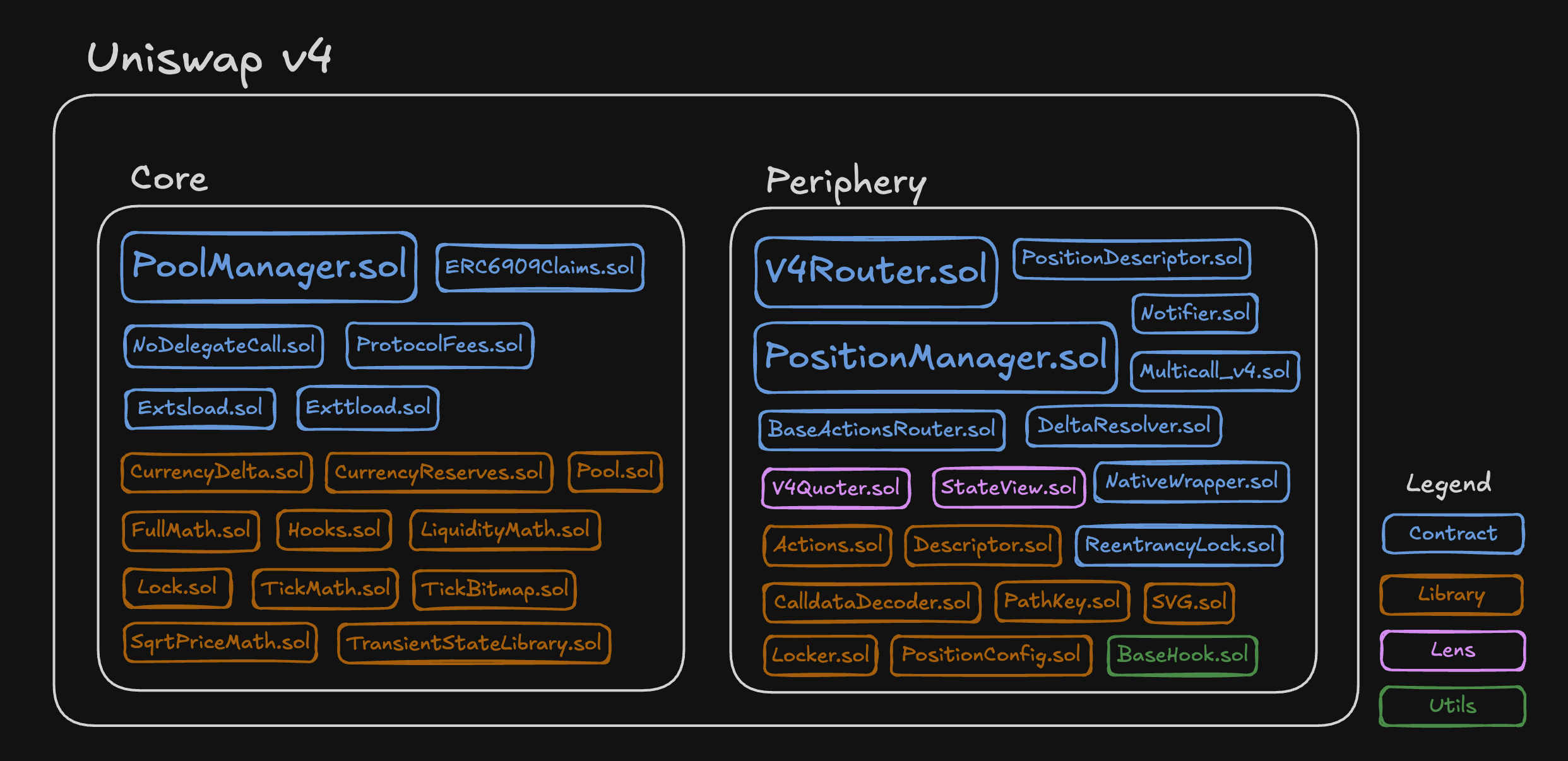
I’ve listed the names of the main smart contracts divided into 4 groups:
- Blue indicates the main smart contracts that implement the core protocol logic.
- Orange indicates smart contracts that are libraries.
- Pink indicates auxiliary smart contracts intended only for reading data from the blockchain.
- Green indicates auxiliary smart contracts. In our case, we have identified only the smart contract that describes the minimal hook logic.
The larger the smart contract name, the more important it is in the Uniswap code. There are several such smart contracts in the diagram:
- PoolManager.sol. The primary smart contract from the core group that manages token pools.
- V4Router.sol. A smart contract from the periphery group that is responsible for the initial processing of user operations before sending the call to the core group smart contracts.
- PositionManager.sol. A smart contract from the periphery group that is responsible for adding/removing liquidity and implementing the LP token (NFT) that represents a liquidity provider’s position. This is the entry point for the liquidity provider, allowing them to manage liquidity on the
PoolManager.solsmart contract.
Structure of the Pool Manager
The PoolManager.sol smart contract implements the following functionality:
- modifyLiquidity(). Liquidity management function: adding, removing, and modifying liquidity. This function is usually called by the liquidity provider, but not directly — instead, through the
PositionManager.solsmart contract. - swap(). Asset swapping. This function is usually called by the user, but not directly — instead, through the
V4Router.solsmart contract. - donate(). Direct donations to liquidity providers. This is a way to increase liquidity in the pool bypassing the liquidity provider mechanism.
- mint()/burn(). Minting and burning ERC-6909 tokens, which confirm the presence of a user's assets in the protocol. After a swap, you can choose not to withdraw the token but instead mint its equivalent in ERC-6909. Minting ERC-6909 is always cheaper in gas than transferring any token.
- take()/settle(). Functions for borrowing and repaying assets. Used for flash loans and more. Allows taking assets from the pool as a loan and repaying them.
- sync(). For synchronizing the pool’s state with its current token reserves and price.
Storage Variables
The pool manager has acquired a neat mapping for managing multiple pools.
mapping(PoolId id => Pool.State) internal _pools;PoolId is a unique pool identifier, which is actually a bytes32. Essentially, the identifier is a hash of the pool parameters. To obtain the id, the PoolIdLibrary library is used, with a single function toId().
// Taken from PoolKey.sol
struct PoolKey {
// Information about token 0
Currency currency0;
// Information about token 1
Currency currency1;
// Fee
uint24 fee;
// Tick size
int24 tickSpacing;
// Address of the hook smart contract
IHooks hooks;
}
library PoolIdLibrary {
function toId(PoolKey memory poolKey) internal pure returns (PoolId poolId) {
assembly ("memory-safe") {
// 0xa0 represents the size of PoolKey (5 slots of 32 bytes)
poolId := keccak256(poolKey, 0xa0)
}
}
}Pool.State is the entire current state of the pool — we’ll take a look at it a bit later.
PoolManager.sol also has two constants in storage that define the minimum and maximum tick boundaries.
int24 private constant MAX_TICK_SPACING = TickMath.MAX_TICK_SPACING;
int24 private constant MIN_TICK_SPACING = TickMath.MIN_TICK_SPACING;All other storage variables are tucked away in the smart contracts that PoolManager.sol inherits from.
What PoolManager Inherits From

- NoDelegateCall.sol. Protection against delegated calls. Safeguards the unlock mechanism. When a callback is made, it’s not possible to execute the logic of another smart contract. In other words,
delegateCalltoPoolManageris prohibited for security reasons. - ERC6909Claims.sol. Allows minting and burning a token equivalent to the user’s assets left inside the protocol.
- Extsload.sol and Exttload.sol. Allows the TransientStateLibrary.sol library to read and write data to temporary storage. The library itself is used from outside the core group smart contracts. It is used for intermediate calculations.
But that’s not all — if we recall the screenshot with the repository smart contracts, it showed a lot of logic moved into libraries.

In fact, there are many more libraries. But the most interesting one is the Pool.sol smart contract. This library handles all operations that can be applied to a pool: from modifying a liquidity provider’s position to swapping and changing tick information.
Pool.sol defines the state structure of the pool. We promised to take a look at the state structure earlier.
struct State {
Slot0 slot0; // Packed bytes: price, fee, unlock flag, current tick
uint256 feeGrowthGlobal0X128; // Accumulated fees for liquidity providers for token 0
uint256 feeGrowthGlobal1X128; // Accumulated fees for liquidity providers for token 1
uint128 liquidity; // Total current pool liquidity, expressed in liquidity units
mapping(int24 tick => TickInfo) ticks; // Liquidity information for all ticks
mapping(int16 wordPos => uint256) tickBitmap; // Bit representation of ticks for efficient search during swaps
mapping(bytes32 positionKey => Position.State) positions; // Stores the state of each liquidity position in the pool
}After that, you should get familiar with the libraries:
- StateLibrary.sol. Helps retrieve data from Slot0. Not used directly in
PositionManager.sol, but clearly shows the structure of Slot0. - Position.sol. Responsible for operations with liquidity providers’ positions.
- TickBitmap.sol and TickMath.sol. Auxiliary libraries for working with ticks.
- SwapMath.sol. Helps calculate swap results.
- Hooks.sol. Executes the hook logic: validation and execution.
These were the main libraries necessary for understanding; the rest can be explored in the code as needed.
Smart Contract Call Flow
In this section, we’ll break down the transaction call flow from the moment it’s sent by the user to its final execution on the smart contracts. All users can be conditionally divided into two types:
- A liquidity provider who supplies assets to an abstract token pool.
- A regular user performing a swap from one asset to another.
Each type of user will have a different entry point.

Liquidity providers must interact with the PositionManager.sol smart contract, which processes the operation data and forwards it to the pool manager smart contract.
Regular users use V4Router.sol, which processes the operation data and forwards it to the pool manager smart contract.
Both entry points, logically, inherit from the BaseActionsRouter.sol smart contract, which governs the processing of incoming operations.
Cross-Version Routing
It’s important to understand that at the time of writing this article, the second, third, and fourth versions of the protocol exist — and I think that’s not the limit! Swaps can be arranged into an entire chain of exchanges across different pools and different protocol versions.
Thus, it’s logical to have a layer between the protocol interface and the different versions of smart contracts. This layer is called UniversalRouter and is located in a separate repository.

The UniversalRouter.sol smart contract inherits from specific smart contracts (routers) that implement integration logic with each version of the protocol.

To trigger the routing mechanism through UniversalRouter.sol, you need to call the execute(bytes calldata commands, bytes[] calldata inputs, uint256 deadline) function. The function takes a set of command bytes (or user operations, such as a swap in UniV2), an array of input data (recipient address, amount, and so on for each command), and a deadline.
Below is pseudocode: how to encode the execute() call.
import {Commands} from 'universal-router/contracts/libraries/Commands.sol';
...
function executeV2SwapExactOut(address recipient, uint256 amountIn, uint256 amountOutMin) external {
uint256 deadline = block.timestamp + 60;
bytes memory commands = abi.encodePacked(bytes1(uint8(Commands.V2_SWAP_EXACT_OUT)));
bytes[] memory inputs = new bytes[](1);
inputs[0] = abi.encode(
recipient,
amountIn,
amountOutMin,
abi.encodePacked(WETH, DAI),
true // Determines who will pay for the call
);
IUniversalRouter(router).execute{value: 0}(commands, inputs, deadline);
}Multiple commands are encoded as follows:
bytes memory commands = abi.encodePacked(
bytes1(uint8(Commands.V2_SWAP_EXACT_OUT)),
bytes1(uint8(Commands.V4_POSITION_MANAGER_CALL))
);Important! It’s worth noting the locations of the smart contracts. In the inheritance chain, the V4SwapRouter.sol smart contract inherits from the V4Router.sol smart contract, which is located in the periphery repository.
Ethereum development domain
Help startups develop projects on the Ethereum blockchain
Interesting Techniques in the Protocol Code
In this section, we’ll look at even more interesting mechanics used in the protocol.
Pool Unlocking
By default, token pools are “locked,” meaning operations with them are unavailable. The pool unlocking mechanism ensures that operations are executed atomically and that no one can interfere with the process. Essentially, this is protection against reentrancy attacks.
The unlock() function is responsible for unlocking the pool. At the same time, the unlock() function is the only entry point for the PoolManager.sol smart contract.
The unlocking mechanism is implemented using EIP-1153: Transient storage opcodes.
We’ve written about Transient Storage. If you want to learn more about it, look for it in our wiki under the EIPs folder.
The entire pool unlocking process is shown in the diagram below.

Any user action that reaches a routing smart contract (V4Router.sol, PositionManager.sol) first calls unlock() on the PoolManager.sol smart contract.
After unlocking, PoolManager.sol makes a callback through the unlockCallback() function. Then the user action is processed, and another call is made to PoolManager.sol to handle the user’s action.
At the end of the operation, the pool will be locked again and unavailable for operations. Thus, the one who unlocked the pool is the one who performs the operation.
function unlock(bytes calldata data) external override returns (bytes memory result) {
if (Lock.isUnlocked()) AlreadyUnlocked.selector.revertWith();
// Unlock the pool if it has not been unlocked
Lock.unlock();
// Make a callback to start the operation
result = IUnlockCallback(msg.sender).unlockCallback(data);
...
// Lock the pool
Lock.lock();
}The unlockCallback() function is located in the SafeCallback.sol smart contract, from which BaseActionsRouter.sol inherits.
The actual implementation of the function is located in BaseActionsRouter.sol.
function _unlockCallback(bytes calldata data) internal override returns (bytes memory) {
// Decodes the call parameters
(bytes calldata actions, bytes[] calldata params) = data.decodeActionsRouterParams();
// Executes the user's operation(s)
_executeActionsWithoutUnlock(actions, params);
return "";
}It’s interesting to take a look at what the locking mechanism actually is, because transient storage is used to store the unlock state.
It’s simple: there’s a dedicated Lock.sol library, which sets the unlock flag using the new tstore and tload opcodes.
library Lock {
// Unique hash of the slot
bytes32 internal constant IS_UNLOCKED_SLOT = ...;
function unlock() internal {
assembly ("memory-safe") {
// Set the unlocked flag
tstore(IS_UNLOCKED_SLOT, true)
}
}
function lock() internal {
assembly ("memory-safe") {
// Set the locked flag
tstore(IS_UNLOCKED_SLOT, false)
}
}
...
}In this simple way, call atomicity is guaranteed. In the future, the library may be removed once the Solidity compiler introduces keywords for managing transient storage.
How Hooks Are Integrated
The theory is simple. You prepare your hook smart contract (to do this, you must inherit it from the abstract BaseHook.sol) and create a pool with this hook. Now all calls will automatically pass through this hook smart contract.
For this hook mechanism, it’s logical to assume that the pool manager smart contract must be able to do two things:
- Know the hook of each pool (if it exists)
- Be able to make calls to the hook smart contract
All hooks work on the same principle, so let’s look at the swap() function as an example.
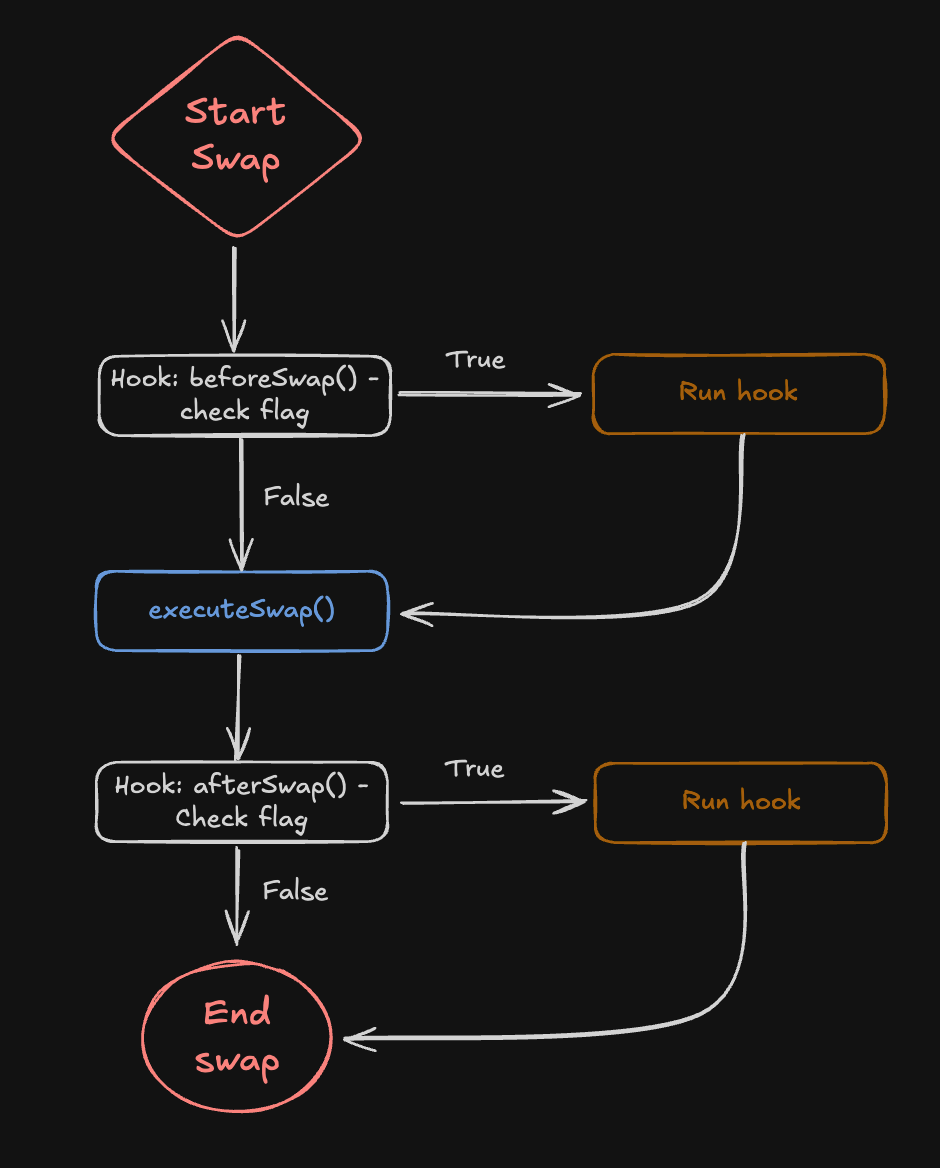
In the code, triggering the hook before and after the operation looks simple and is done through a direct call to the beforeSwap()/afterSwap() functions.
function swap(PoolKey memory key, SwapParams memory params, bytes calldata hookData)
external
onlyWhenUnlocked
noDelegateCall
returns (BalanceDelta swapDelta)
{
...
BeforeSwapDelta beforeSwapDelta;
{
int256 amountToSwap;
uint24 lpFeeOverride;
(amountToSwap, beforeSwapDelta, lpFeeOverride) =
// Call the hook before executing the swap
key.hooks.beforeSwap(key, params, hookData);
swapDelta = _swap(...);
}
BalanceDelta hookDelta;
// Call the hook after executing the hook
(swapDelta, hookDelta) = key.hooks.afterSwap(key, params, swapDelta, hookData, beforeSwapDelta);
...
}Thus, the hook is executed before and after any user operation. Information about the hook’s address is stored in the PoolKey structure.
Important! Pay attention to the bytes calldata hookData parameter in the swap() function. This is an arbitrary set of bytes that can be passed along with the call to the hook.
Hook Codebase Architecture
If the hook execution flow should be clear, the smart contracts are a bit more complex.

Initially, when a swap is called, the function on PoolManager.sol takes a PoolKey parameter, which, in addition to token information, contains the address of the hook smart contract.
Important! The address of the hook smart contract is part of the unique pool identifier. That’s why the hook smart contract is set only once during pool initialization.
Then, to handle the hook call, a library is used that wraps all IHooks interfaces. This library validates the call and, if the hook is activated, forwards the call to the user’s CustomHook.sol smart contract, which inherits from the base BaseHook.sol implementation.
Hook Processing Library
The logic for processing a hook call is located in the Hooks.sol library.
If a hook is not defined, the call is effectively not executed, but the verification code is still present. Gas is spent on the check — there’s no way around it.
function beforeSwap(IHooks self, PoolKey memory key, SwapParams memory params, bytes calldata hookData)
internal
returns (int256 amountToSwap, BeforeSwapDelta hookReturn, uint24 lpFeeOverride)
{
...
// Check that the hook is active
if (self.hasPermission(BEFORE_SWAP_FLAG)) {
// Call the beforeSwap function on the hook smart contract
bytes memory result = callHook(self, abi.encodeCall(IHooks.beforeSwap, (msg.sender, key, params, hookData)));
...
}
}Initialization Hook
There is one important difference with the hook that is called during initialization. We know that the hook smart contract address is not random — it is created using the special HookMiner.sol library, which encodes into the hook’s address the list of functions (user actions, swaps, etc.) for which the hook is active.
Therefore, during pool initialization, the hook address is additionally verified.
function initialize(PoolKey memory key, uint160 sqrtPriceX96) external noDelegateCall returns (int24 tick) {
...
// Verify the hook address
if (!key.hooks.isValidHookAddress(key.fee)) Hooks.HookAddressNotValid.selector.revertWith(address(key.hooks));
...
// Call the hook before pool initialization
key.hooks.beforeInitialize(key, sqrtPriceX96);
PoolId id = key.toId();
tick = _pools[id].initialize(sqrtPriceX96, lpFee);
...
// Call the hook after pool initialization
key.hooks.afterInitialize(key, sqrtPriceX96, tick);
}Conclusion
Uniswap V4 continues to set trends in the technical implementation of DeFi applications. Combining all liquidity pools into a single smart contract not only reduces gas costs by eliminating the need to deploy new smart contracts but also simplifies “complex” swaps by removing the physical transfer of tokens between pools.
The V4 architecture, with management through PoolManager.sol, ensures atomic operations thanks to the unlocking mechanism (using EIP-1153), protecting against reentrancy attacks.
The new “hooks” feature adds flexibility, allowing developers to implement custom logic.
Uniswap V4 is not just an optimization but also a platform for innovation in DeFi, awaiting your contribution!
Thanks to this article, we’ve covered the basics of V4 while leaving room for further exploration — from deep dives into libraries such as Pool.sol, SwapMath.sol, and Hooks.sol to experimenting with hooks.
More articles by this author
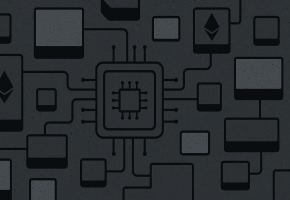
ERC-6909: Minimal Multi-Token Interface and Why It Matters for Ethereum Projects
Pavel Naydanov
Solidity developer

Uniswap v4 Explained: Hooks, Singleton Architecture, Dynamic Fees & ERC-6909
Pavel Naydanov
Solidity developer

Pendle Protocol: Tokenizing Yield and Trading It Like an Asset
Pavel Naydanov
Solidity developer

UMA Protocol: How does the popular Optimistic Oracle work?
Pavel Naydanov
Solidity developer

CoW Protocol Batch Auctions: How Orderbook, Autopilot, and Solvers Ensure Fair Trading
Alexei Kutsenko
Solidity developer

CoW DAO and CoW Protocol: How Intent-Based Trading and MEV Protection Transform DeFi
Alexei Kutsenko
Solidity developer
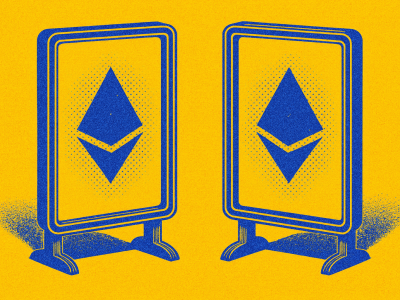
Smart Contracts Aren’t Deployed Yet, but Addresses Already Exist: Why CREATE2 (EIP-1014) Matters
Roman Yarlykov
Solidity developer



How to Fork and Launch Uniswap V3 Smart Contracts: A Practical Guide
Alexei Kutsenko
Solidity developer


Bittensor: Overview of the Protocol for Decentralized Machine Learning
Alexei Kutsenko
Solidity developer

Aerodrome Protocol: How a MetaDEX on Base Blends Uniswap, Curve, and Convex
Roman Yarlykov
Solidity developer
Articles

Algebra Finance: Modular DEX-as-a-Service with Plugins, Dynamic Fees, and Uniswap Compatibility
Roman Yarlykov
Solidity developer
Articles
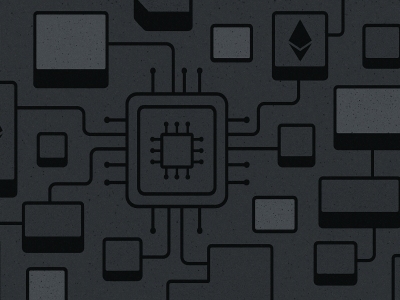
ERC-6909: Minimal Multi-Token Interface and Why It Matters for Ethereum Projects
Pavel Naydanov
Solidity developer

Uniswap v4 Explained: Hooks, Singleton Architecture, Dynamic Fees & ERC-6909
Pavel Naydanov
Solidity developer


AI Agents: How AI Agents Conquered the Crypto Market + Key Projects
MetaLamp editorial team

AI and Blockchain: Key Takeaways from 2024 and Industry Forecasts for 2025
MetaLamp editorial team

The main events in The Open Network (TON) ecosystem in 2024
MetaLamp editorial team

A Guide to EigenLayer: How the ETH Restaking Protocol Attracted $15 Billion TVL
MetaLamp editorial team

The Open Network 2025: figures, events, analytics, forecasts
MetaLamp editorial team

Overview of Blockchain Bridges: Interaction Between Different Networks
Roman Yarlykov
Solidity developer




5 Rules from the Founder: How an EdTech Project Can Attract Investments. The Case of the Online School “Logopotam”
Alexey Litvinov
CEO and founder of the online school Logopotam

Is it worth launching a project on Solana, despite the hype around memes?
MetaLamp editorial team

Mintless Jettons on TON: A New Feature Making TON Projects Even More Attractive
MetaLamp editorial team

3 reasons to choose a ready-made solution for mini-apps in Telegram instead of developing from scratch
Dmitriy Shipachev
CEO at Finch


Think of it like a hamster for traffic: how to attract an audience with a Telegram clicker game
Nico Bordunenko
Business Analyst at MetaLamp



Which Rollup to Choose for Your Project: Arbitrum, Optimism, Base, ZK EVM, and Others
MetaLamp editorial team


How We Adapted a Mobile RPG for Blockchain and Enabled NFT Sales
MetaLamp editorial team

How TON Payments Enable Fee-Free Micro-Transactions and Their Uses
MetaLamp editorial team

What You Need to Know Before Starting a Project on TON
MetaLamp editorial team

What is the Meaning and Benefits of MVP for Startups in 2024?
MetaLamp editorial team


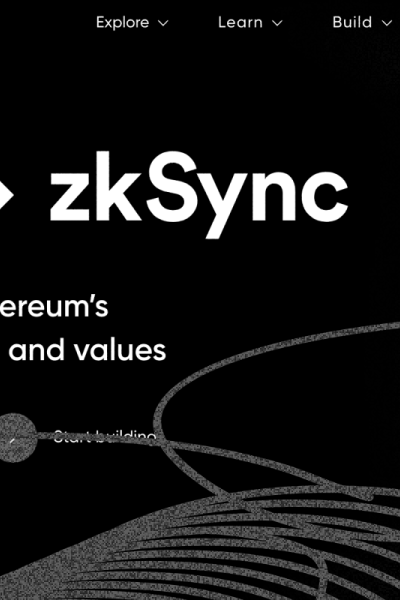

RWA explained: Opportunities of Real-World Assets in 2024
MetaLamp editorial team


Creating a Crypto Transaction Widget for Google Sheets: The CPayToday Journey
MetaLamp editorial team
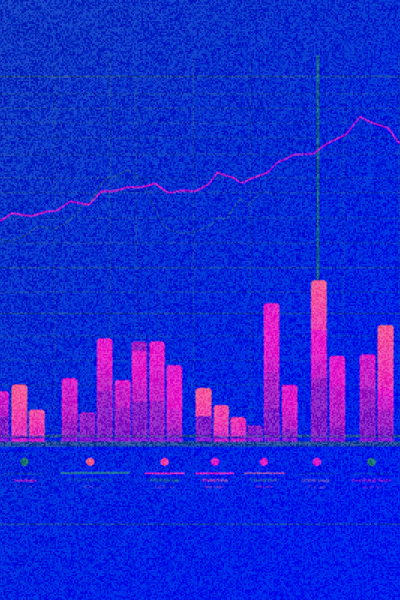

How Early-Stage Startups Can Stay on Track with Development
MetaLamp editorial team

How to Attract Investments: Insights from Successful 2023 Startups
Mykola Pryndiuk
Social Media Specialist

When and How to Find a Technical Partner for Your Startup
MetaLamp editorial team




Understanding the Necessity of Account Abstraction in the Crypto World
Pavel Naydanov
Solidity developer

Ways to Speed Up Development: Outstaffing Pros and Cons
MetaLamp editorial team



Freelancer, Agency, or Contract Employees: Who to Hire for Startup MVP Development
Yana Geydrovich
Partnership manager at MetaLamp

From Corporate Blog to Brand Media: The Birth of Metalamp Magazine
Mykola Pryndiuk
Social Media Specialist

La Migliore Offerta: The Impact of Cryptocurrency on Business and Economy in 2023
Roman Shtih
CEO Metalamp






How We Use Our Training Program to Recruit Plutus Engineers
Svetlana Dulceva
The Education Program Supervisor

Discover Why IT Companies Appreciate Our Junior Developers
Svetlana Dulceva
The Education Program Supervisor







How We Designed a No-Cost Education Program for Web Development
Sergey Cherepanov
CTO MetaLamp
Articles












